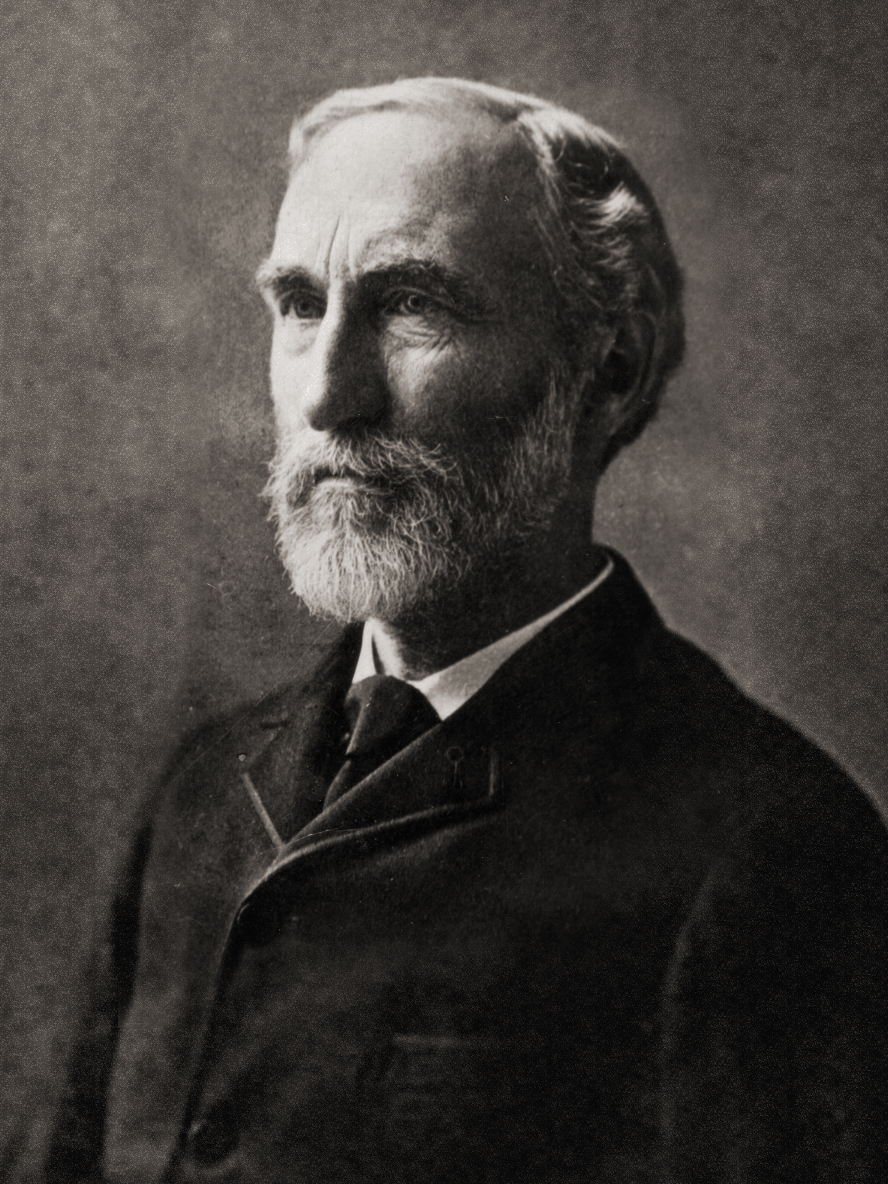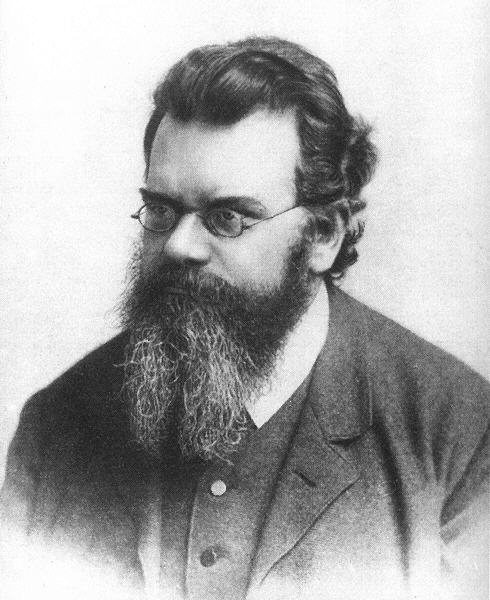Enthalpy and Entropy are two significant thermodynamic quantities. Understanding these quantities and how they change in specific processes allow us to infer the heat of reaction, the feasibility of the reaction, the temperature of the system, etc. So, let’s look at Enthalpy vs Entropy.
Index
What is Enthalpy
Enthalpy, represented as \(\)H\(\) for a thermodynamic system, is the sum of the internal energy and the product of pressure and volume of the system.
\(H = U + PV\)
The product of pressure and volume also represents the work done on the system that produces such system dimensions.
The S.I. unit of enthalpy is the same as that of energy, i.e Joules(J).
The change in enthalpy is a more helpful quantity for practical purposes.
\(\Delta H = \Delta U + \Delta P V\)
Using the chain rule of differentiation,
\(\Delta H = \Delta U + P \Delta V + V \Delta P\)
If a reaction takes place at constant pressure, then \(\Delta P = 0\) and,
\(\Delta H = \Delta U +P \Delta V = q\) (Heat)
Hence, enthalpy represents the heat of an isobaric reaction.
What is Entropy
Entropy, represented by \(S\), can be defined in a handful of ways. In thermodynamics, Rudolf Clausius defined entropy as:
\(dS = \frac{dQ}{T}\)
If \(dQ\) heat is added to a heat reservoir at an instantaneous temperature \(T\), then their ratio represents the infinitesimal change in entropy \(dS\).
The S.I. unit of entropy is Joule per Kelvin (J/K).
History of Enthalpy vs Entropy
Now, let’s have a small glance at the history of enthalpy vs entropy and find out where these concepts came from.
History of Enthalpy
Josiah Willard Gibbs used the concept of enthalpy to describe a heat function for constant pressure. Benoît Paul Émile Clapeyron and Rudolf Clausius introduced the concept of heat content and used the symbol \(H\) for it. Heike Kamerlingh Onnes, who discovered superconductivity, coined the term ‘Enthalpy’ for this quantity in 1909.
History of Entropy
Rudolf Clausius gave the first definition of entropy in 1865. Scientists like Ludwig Boltzmann, Josiah Willard Gibbs, and James Clerk Maxwell gave a statistical definition of the thermodynamic concept of Entropy. Boltzmann argued that entropy is proportional to the natural logarithm of something known as the number of microstates the system can obtain (out of the current scope of discussion). The proportionality constant is the Boltzmann constant \(k_B\).


Enthalpy vs Entropy
Now, since we know what these two thermodynamic quantities are. Let’s have a look at the difference between enthalpy and entropy, i.e, enthalpy vs entropy.
| S.N. | Enthalpy | Entropy |
|---|---|---|
| 1. | Enthalpy, given by \(H\), is the sum of internal energy and the product of pressure and volume for a gas. | Entropy, given by \(S\), is defined as the amount of unusable energy in a system at a given temperature. |
| 2. | Formula is \(H = U + PV\) | Formula is \(dS = \frac{dQ}{T}\) |
| 3. | The dimensions of Enthalpy are \([ M^1 L^2 T^{-2}]\). \(M \rightarrow\) Mass \(L \rightarrow\) Length \(T \rightarrow\) Time | The dimensions of Enthalpy are \([ M^1 L^2 T^{-2} K^{-1}]\). \(M \rightarrow\) Mass \(L \rightarrow\) Length \(T \rightarrow\) Time \(K \rightarrow\) Temperature |
| 4. | The units of Enthalpy are Joules (J) in S.I. and Calories (Cal). | The units of Entropy are Joule per Kelvin (J/K) in S.I. and Calories per kelvin (Cal/K). |
| 5. | At absolute zero temperature enthalpy may or may not be zero. | Accordingly to third law of thermodynamics, Entropy is zero at absolute zero temperature. |
| 6. | For a given process, a system favors to have minimum enthalpy change. | For a given process, a system favors to have maximum entropy change. |
| 7. | At constant pressure, Enthalpy change is equal to the heat produced. | At constant pressure, Entropy is not equal to the heat produced. |
| 8. | The concept of enthalpy is routinely used in chemistry to find the heat produced in a reaction. | The concept of entropy is used in chemistry to find the feasibility of a reaction, whether the reaction is reversible or irreversible, etc. |
Similarities Between Enthalpy and Entropy
Both enthalpy and entropy are State Functions and depend only upon the initial and final conditions. Also, both are dependent upon temperature.
FAQs
The third law of thermodynamics asserts that entropy is zero at zero Kelvin.
Consider any gas. The internal energy of the gas is a function of the absolute temperature. Enthalpy depends upon the internal energy; therefore, enthalpy depends upon the temperature.
At constant pressure,
\(\Delta H = \Delta U +P \Delta V = q\) (Heat)
and,
\(\Delta S = \frac{q}{T}\)
Where, \(q\) was taken as small as possible.
So, we have,
\(\Delta S = \frac{\Delta H }{T}\)
